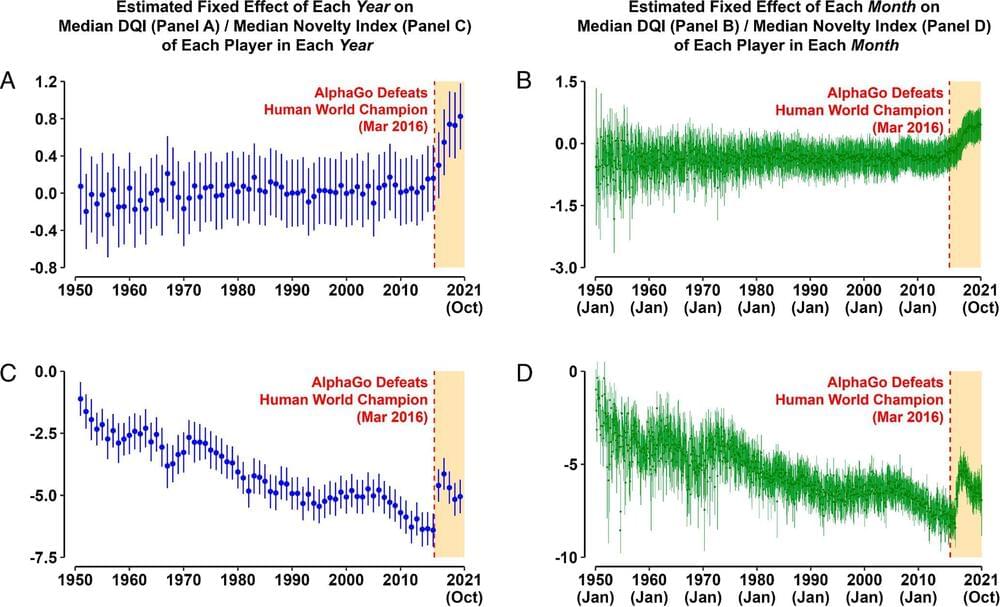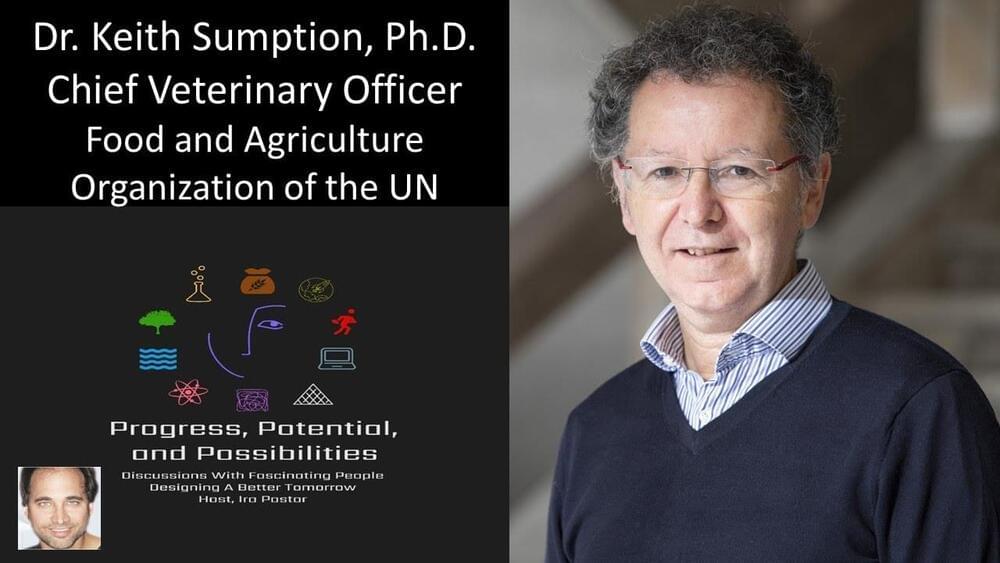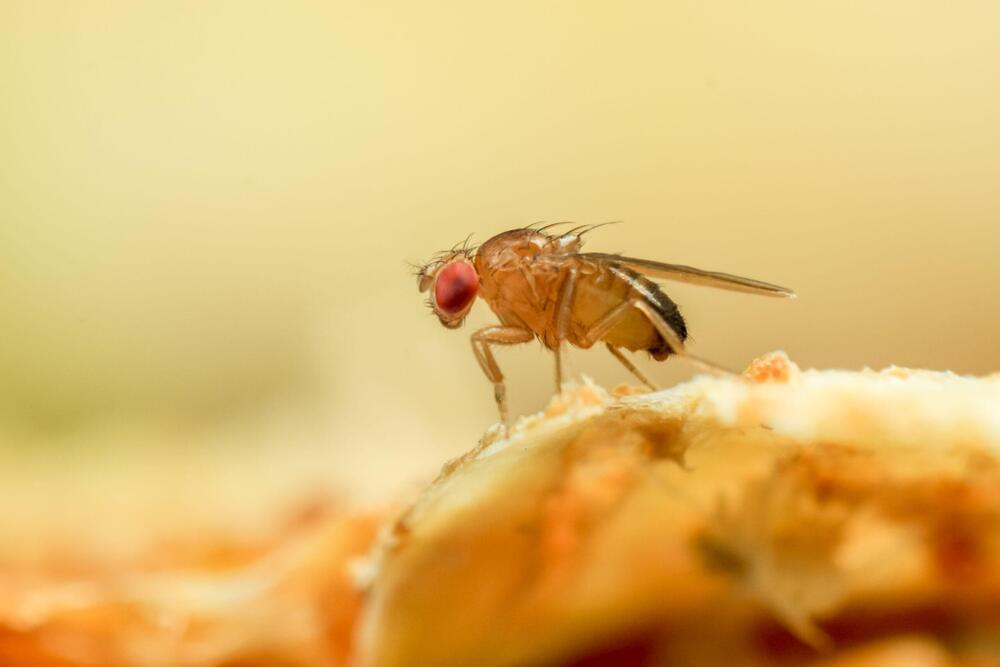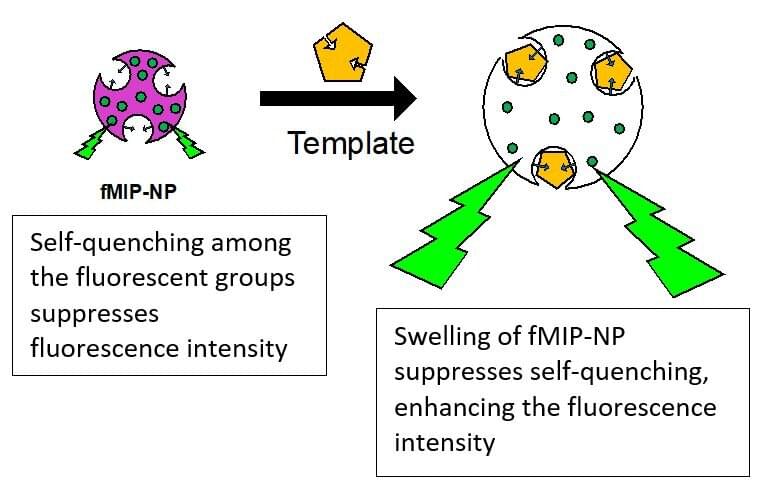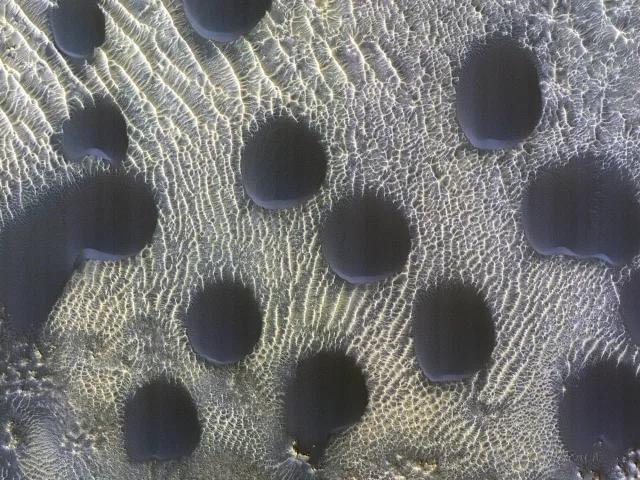Mar 14, 2023
Meta lead engineer announces end of NFTs on Instagram and Facebook
Posted by Gemechu Taye in categories: blockchains, internet
It looks like Mark Zuckerberg’s company is winding down its metaverse dreams.
Amid the crypto slump, Meta has announced it would be parting with non-fungible tokens (NFTs) on its platforms less than a year after launch.
Stephane Kasriel, the Commerce and FinTech lead at Meta said in a Twitter thread that the company will be “winding down” on digital collectibles, specifically NFTs, for now, and focus on other ways to support creators. Digital collectibles like NFTs were one of the pillars of the company’s pitch for a ‘metaverse’-based future of the internet.



